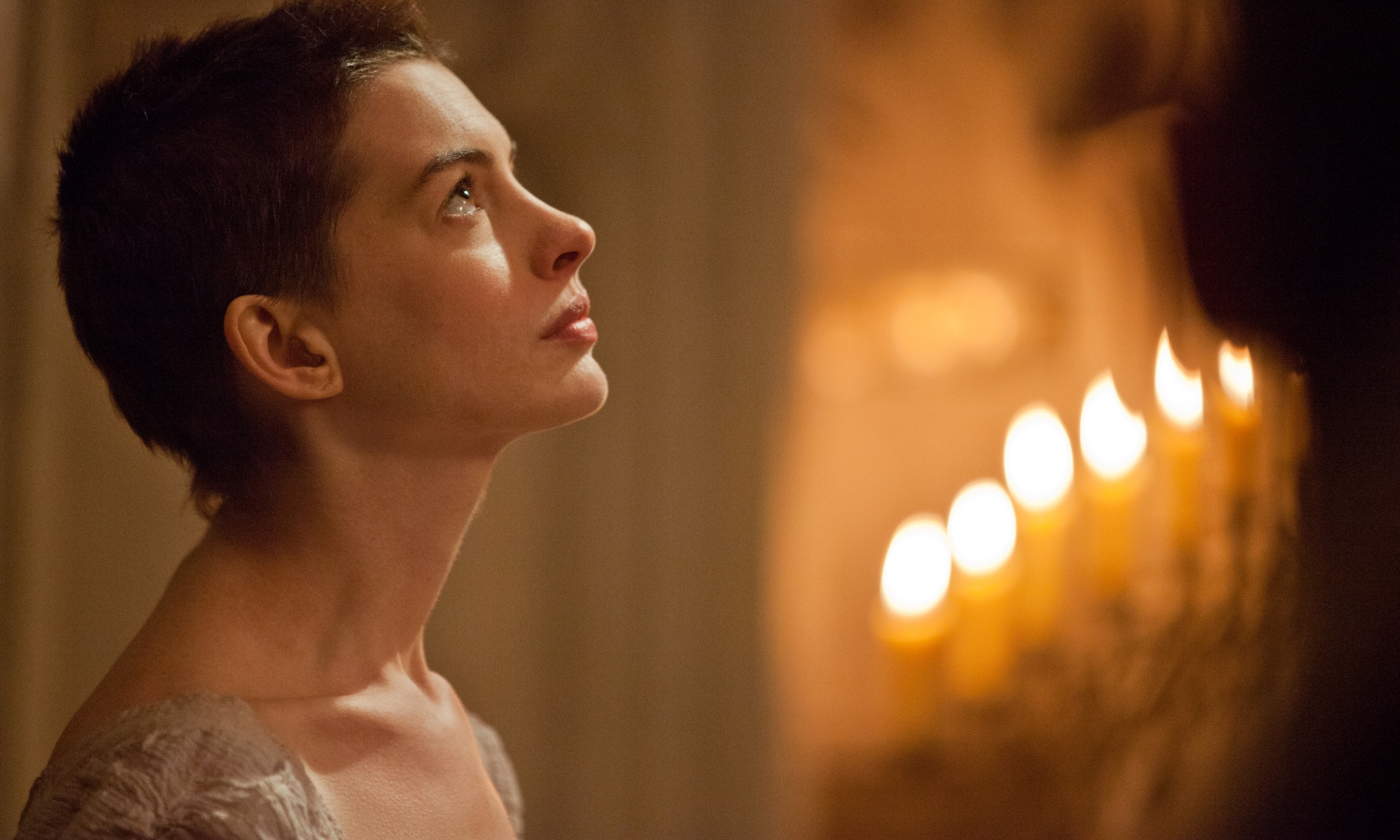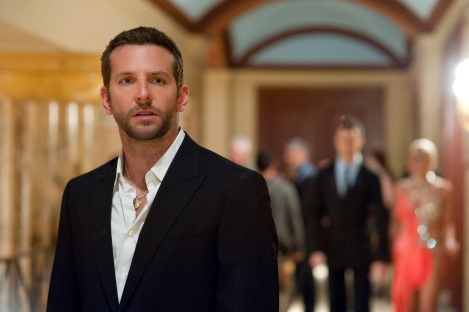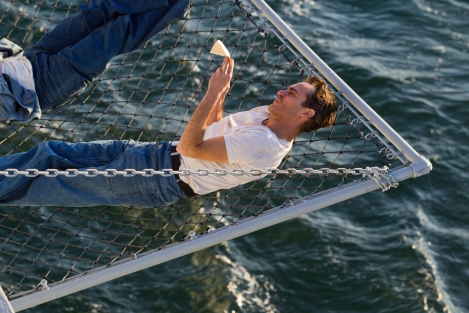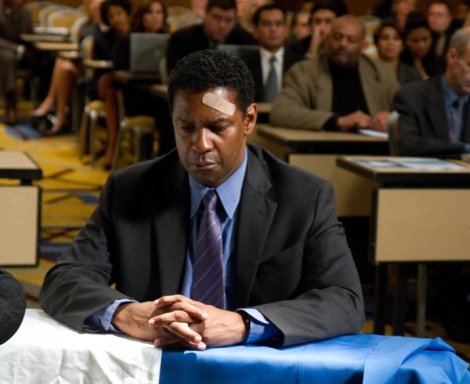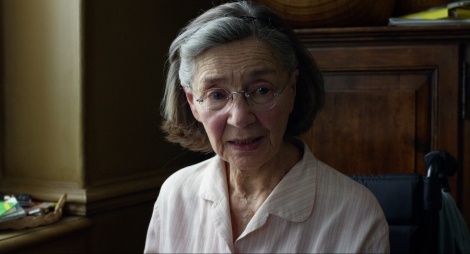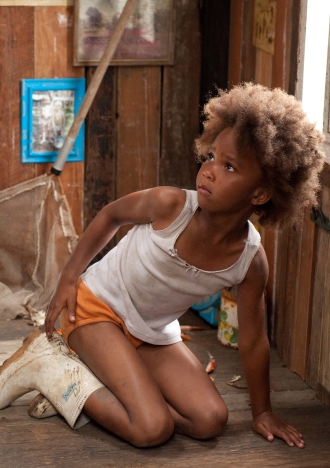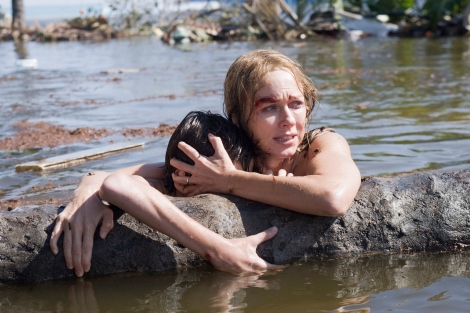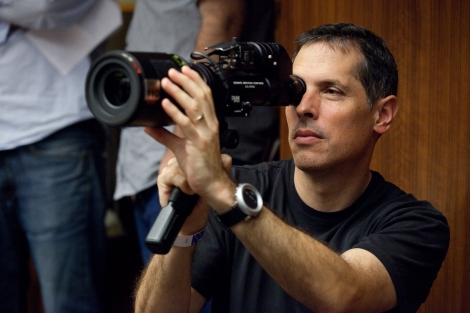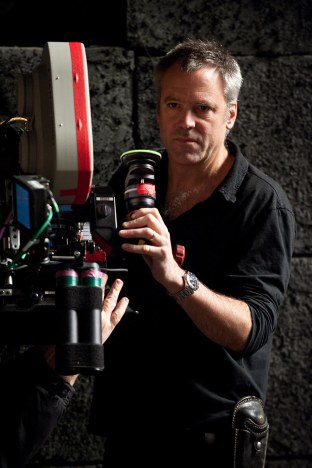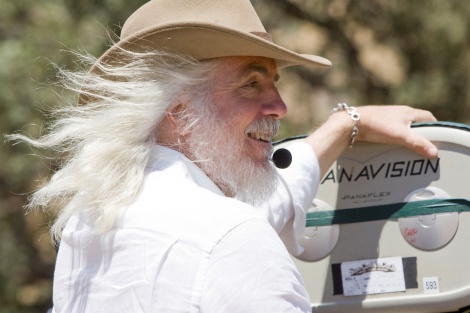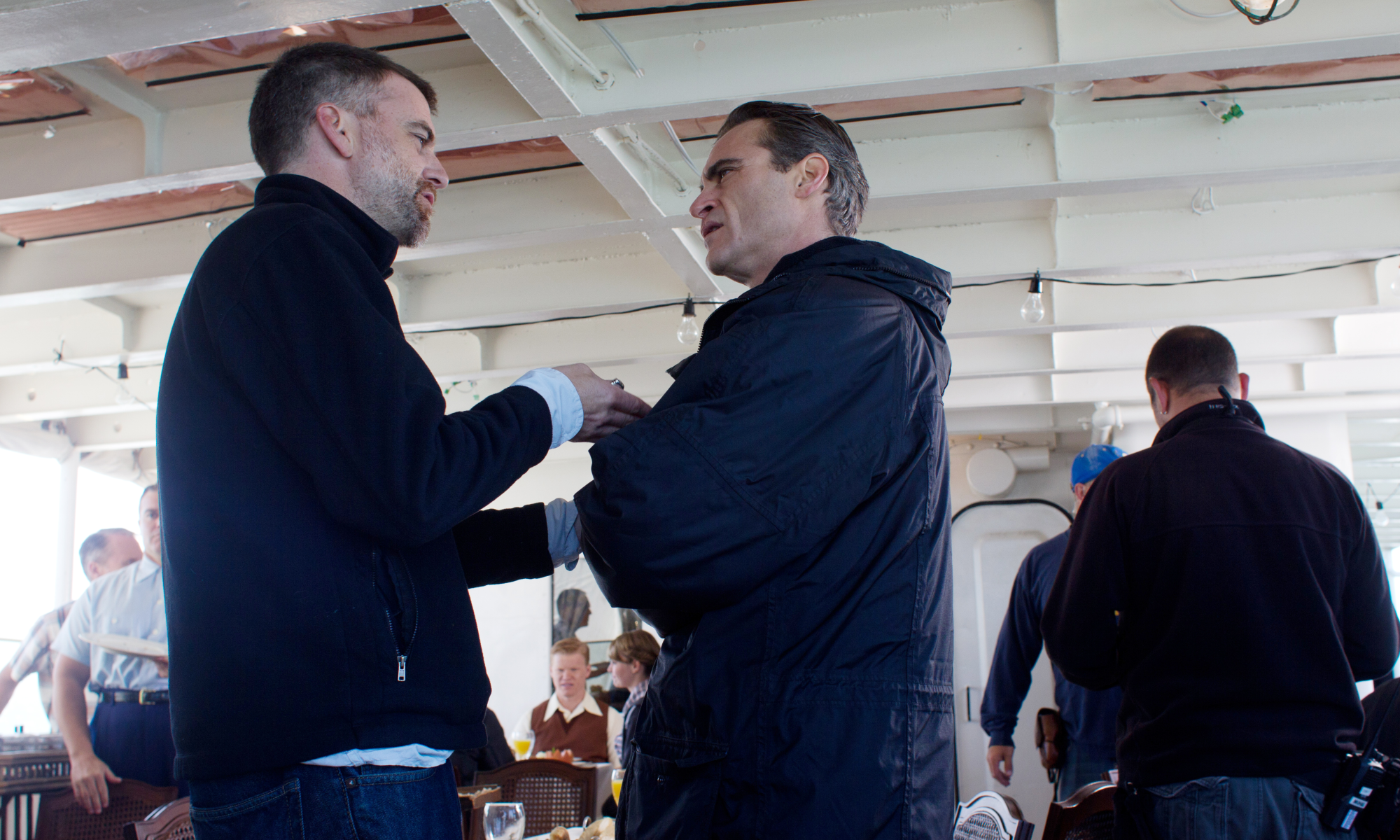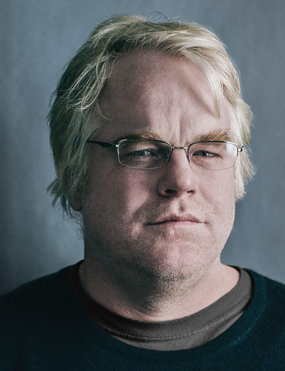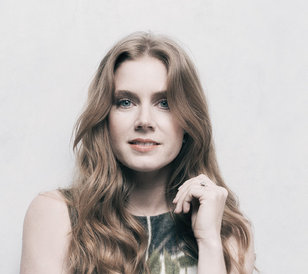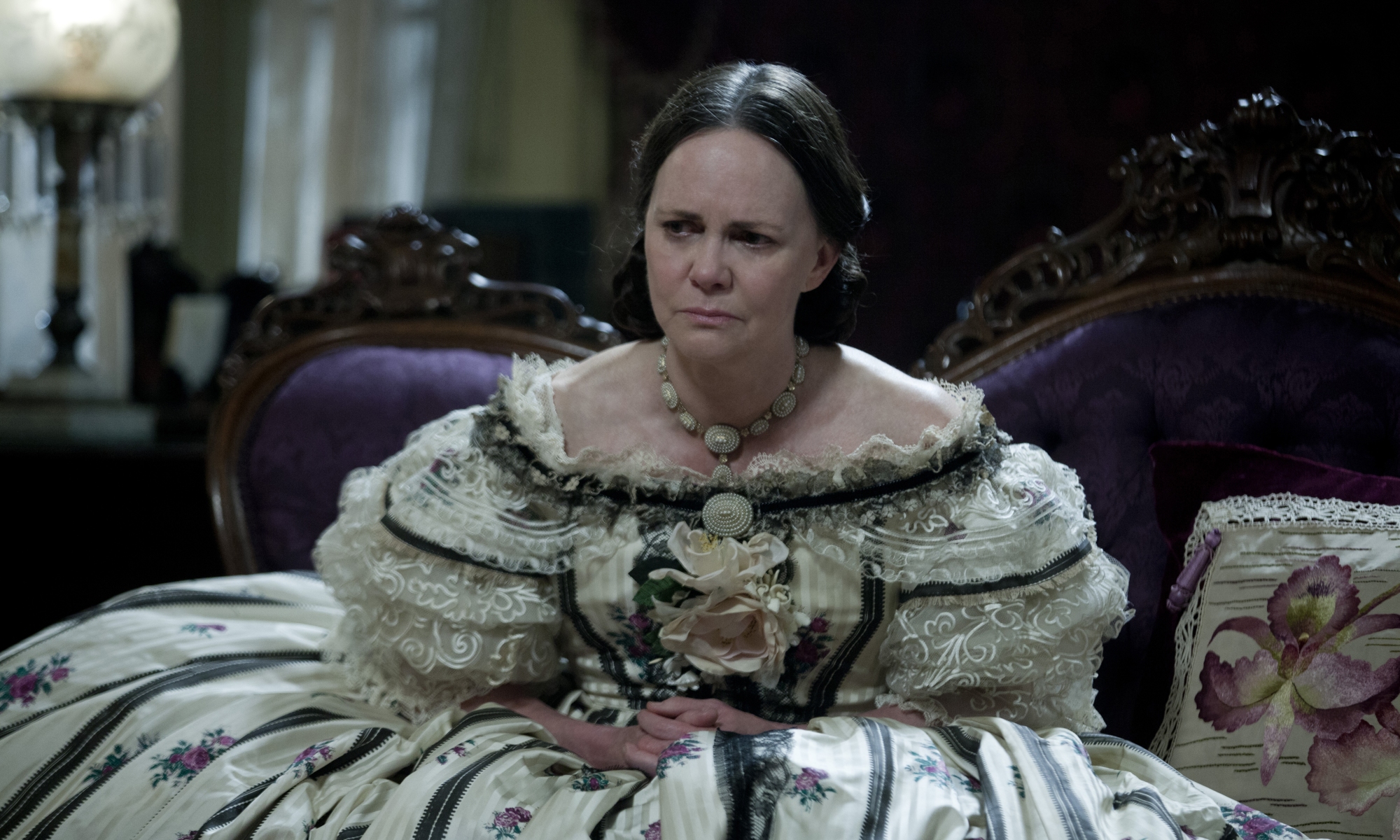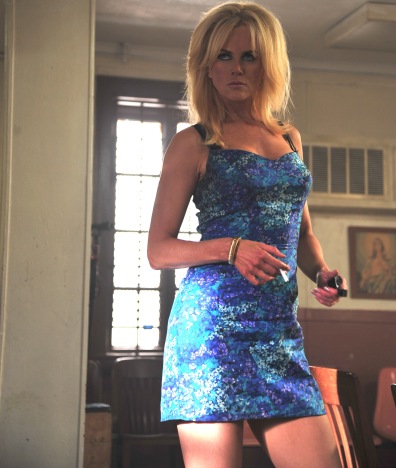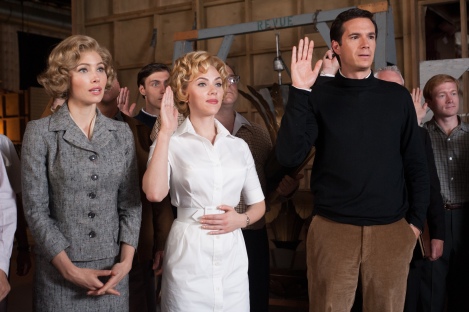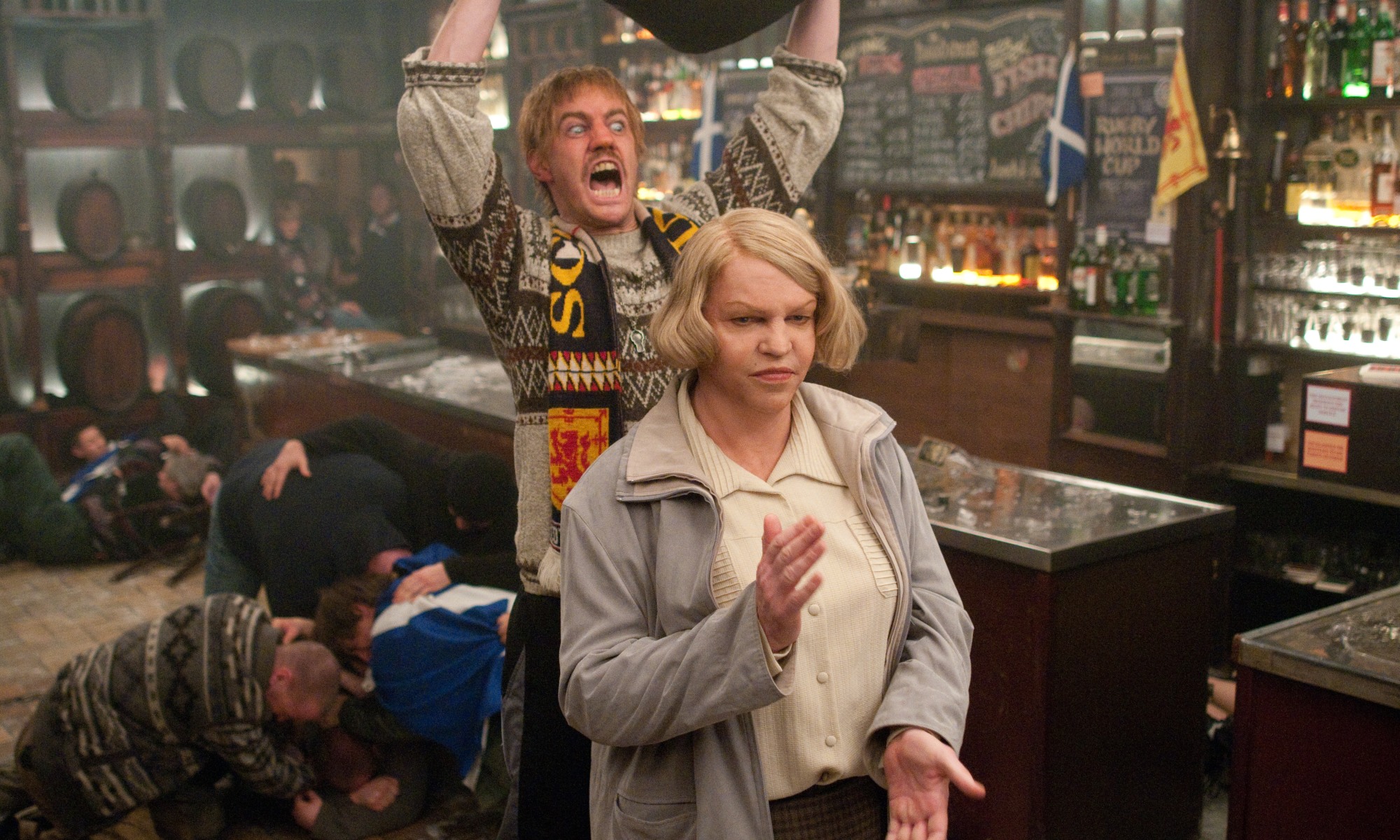Pete Hammond is Deadline’s awards columnist. This article appeared in the Feb. 6 issue of AwardsLine.
This season’s supporting actor and actress Oscar races can be summed up in one word: Winners! A remarkable seven of the 10 nominees actually already have at least one Oscar on their mantel, and all of them have been previously nominated. Unlike the marquee lead races, not a single newcomer has been invited to the supporting party. In fact, all five supporting actor nominees are past winners, a rare occurrence that proves Feb. 24 will indeed be veterans’ day at the Dolby Theater. And though there is a strong frontrunner emerging for the women, the male race is one of the most wide open in years, with no one taking the lead to date and the outcome a real question mark. So how did they all get here? Here’s the rundown.
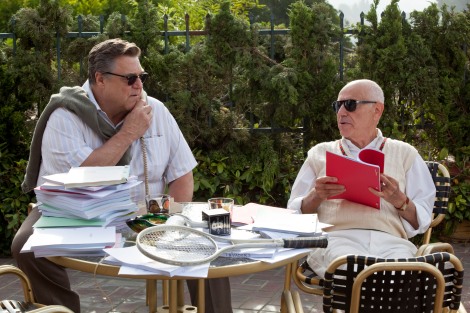
SUPPORTING ACTOR
Alan Arkin | Argo
This veteran actor got his first lead actor Oscar nomination in 1966 for his film debut in The Russians Are Coming, The Russians Are Coming. And then a second just two years later for The Heart Is A Lonely Hunter. But it was a near-record 38 years before Arkin returned to Oscar’s inner circle, finally winning a supporting actor prize for Little Miss Sunshine. Now, six years later, he is back in contention as the Hollywood film producer in Argo, and the reason is simple: He not only gets the best lines, he’s playing the kind of industry insider that Oscar voters will instantly recognize. As Lester Siegel, who becomes the fake producer of a fake film created to free six American hostages in the 1979 Iranian hostage crisis, Arkin is perfection, delivering his lines with the kind of droll style for which he is known. He plays a character that, oddly enough, makes Hollywood proud of what they do: He uses a schlocky script to save lives and make a difference, instead of making money.
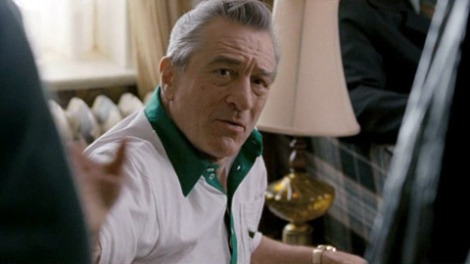
Robert De Niro | Silver Linings Playbook
One of the most revered—if not the most revered—living actor, De Niro has won two Oscars and been nominated six times. Remarkably, his last nomination came 21 years ago for Cape Fear, and since then he has been criticized in some quarters for taking on too many commercial projects (Fockers, anyone?) and not enough so-called Oscar worthy roles. However, with films like Casino and Heat to his credit in the interim, this isn’t really true: He’s got one now for which he scored a touchdown. As Pat Sr., the obsessive-compulsive Philadelphia Eagles-loving family man, De Niro has some of his richest moments on film in years. He’s alternately funny, touching, and real. Clearly, the actor in him was energized, and the role fit him like a glove. As Pat Sr., De Niro is back in the (Oscar) game, and that might be irresistible for Academy voters, who have been waiting since his iconic role as Jake La Motta in 1980’s Raging Bull to find an excuse to give this legend another statuette.
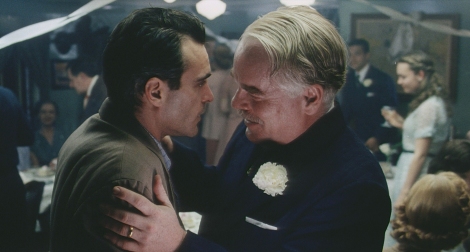
Philip Seymour Hoffman | The Master
Hoffman won best actor for playing Truman Capote just a few short years ago, and now he’s managed to find another great role suited to his immense talents. In the same year he wowed Broadway as Willy Loman in a landmark new production of Death of a Salesman, Hoffman won raves as the title character in Paul Thomas Anderson’s The Master, playing Lancaster Dodd, the L. Ron Hubbard-style founder of a religious cult in the early 1950s. Reaction to the movie among filmgoers was decidedly mixed, but nearly everyone agreed Hoffman was brilliant, going toe to toe with Joaquin Phoenix’s unbalanced Freddie Quell. In fact, though Phoenix is nominated for lead actor, both these roles are of equal weight, and that could help Hoffman, who perhaps has the meatiest role in this entire category. After all he is the Master and totally in control in scene after scene, giving this bigger-than-life character real dimension when it could have been over the top.
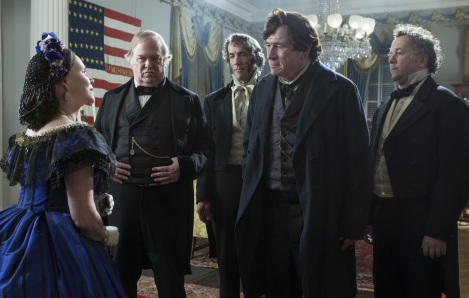
Tommy Lee Jones | Lincoln
Tommy Lee Jones won an Oscar in 1993 in this category by chasing Harrison Ford around in The Fugitive. He has a chance nearly two decades later to repeat the feat by taking on Abraham Lincoln in Steven Spielberg’s quiet epic on the fight to pass the 13th amendment. In a sterling ensemble cast, Jones has the most colorful and vivid role as Thaddeus Stevens, a deeply passionate man set on ending slavery. By contrast, Daniel Day-Lewis is positively subdued, but Jones has the kind of scenes that, quite frankly, win Oscars in this category. He could win for the wig alone. It’s a memorable turn in a very good year for Jones, and it earned him a supporting actor trophy from the Screen Actors Guild. That one-two punch in voters’ minds could remind them what a great and versatile actor he is, cinching the deal.
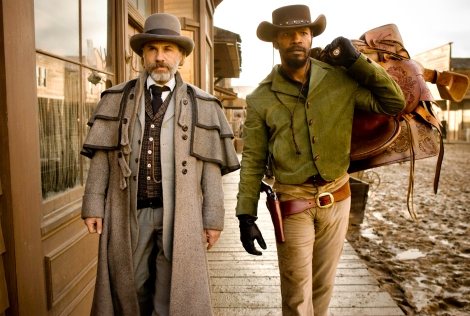
Christoph Waltz | Django Unchained
As Dr. King Schultz, a dentist/bounty hunter, this Austrian-born international star takes another tailor-made Quentin Tarantino character gift and socks it home with deadpan delivery, sly glances, and scene-stealing aplomb. He understands Tarantino’s rhythms like few others do, and it pays off. A winner here just three years ago for Tarantino’s Inglourious Basterds, Waltz got back in the race this time by standing out as the lone cast member of the large ensemble to grab an Oscar nomination. Largely unknown to most American audiences until he exploded on the screen in Basterds, Waltz has become a go-to character actor in a short amount of time. His role as a take-no-prisoners practitioner of bringing in “the bad guys” is a priceless reminder he’s got what it takes to win over audiences and win Oscars. Whether the Academy will want to give him a second one so soon is another question, but with a Golden Globe already in his pocket for this role, don’t count him out.
BEST SUPPORTING ACTRESS
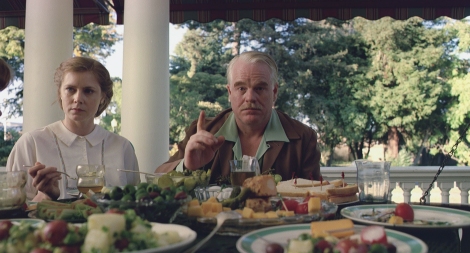
Amy Adams | The Master
Amy Adams is getting to be a regular in this category. It has taken her just seven years to amass a remarkable four nominations: Junebug (2005), Doubt (2008), The Fighter (2010), and now her startlingly different role as Peggy Dodd, the faithful wife who might really be the one in control in The Master. The only thing that links these four characters is the actress herself, and she got in this time taking real risks, making choices other actors know aren’t the easy ones. This is a role she seems to disappear almost completely in at times, but she gives the role its greatest power in the subtle, nonshowy way she spends each scene, never once succumbing to the temptation of going over the top and always standing head to head with costar Philip Seymour Hoffman.
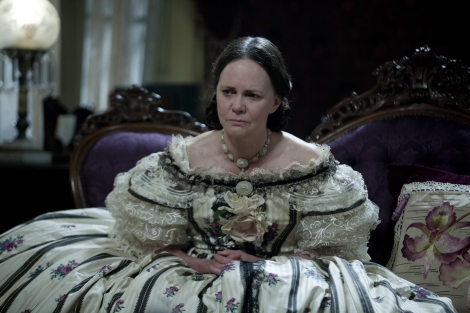
Sally Field | Lincoln
A two-time winner for Norma Rae (1979) and Places In The Heart (1984), Field has a perfect Oscar track record: Two for two. Now this plucky veteran is back to try for a third as Mary Todd Lincoln, President Abraham Lincoln’s long-suffering First Lady. She was a cinch for a nomination because fellow actors love the grit and determination she showed just in hanging in there as the film went through development hell over the course of a decade, while she slowly started to age out of the part. Insisting on a screen test and not giving up, Field won the role by sheer will—and talent. Her powerful scenes opposite Daniel Day-Lewis prove the decision was right.
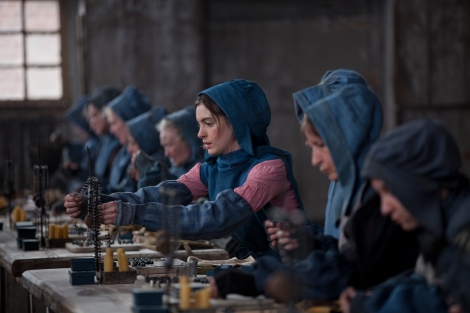
Anne Hathaway | Les Misérables
If there is a frontrunner in any Oscar category this year, the mantle surely belongs to Anne Hathaway, who takes the small but pivotal role of the tragic Fantine in the iconic musical and somehow not only makes it her own, but probably delivers the definitive version. In closeup, singing live, one take at a time, Hathaway is heartbreaking. Something otherworldly seems to take hold of her, so much so that it’s not possible to believe she could have nailed it over and over. There were eight takes, she says, but she only felt she got it perfect on the fourth, and that’s the one that wound up in the film. It’s not a large part compared to some others in the category, but it’s one from the heart, and that counts a lot with Oscar voters. Both Globe and SAG voters have already given her the statuette for this role.
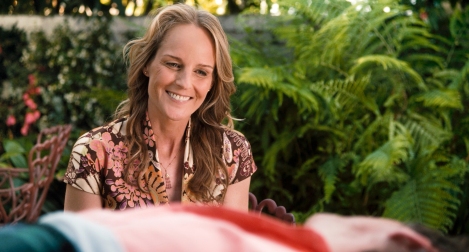
Helen Hunt | The Sessions
Helen Hunt won four Emmys for her role on TV’s Mad About You and then a best actress Oscar for 1997’s As Good As It Gets. After those triumphs, it seemed like her career got a little spotty, and she couldn’t quite recapture the magic, despite some fine work in little-seen projects in the last few years. And then along comes the true story of Mark O’Brien, a man in his late 30s living in an iron lung and who longs to lose his virginity to Cheryl, a sex surrogate played by Hunt. She clearly could relate to this woman because rarely have we seen such an open and vulnerable Hunt on screen. It might be her finest performance, one in which she is naked, both physically and emotionally. Opposite the equally remarkable John Hawkes, who was clearly robbed of a best actor nomination, Hunt got to show she still has it.
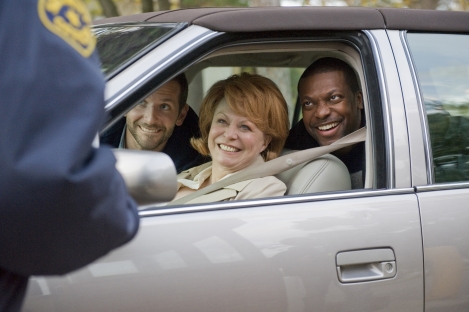
Jacki Weaver | Silver Linings Playbook
As the mother in a dysfunctional Philadelphia family, Weaver finds herself back in the same category she first appeared in 2010 in the gritty crime drama, Animal Kingdom. However, this role could not be a more different kind of mother. Weaver’s nomination might be the biggest surprise in the category because it is by far the least-showy role. Unlike her nominated costars, she doesn’t have the “big scene,” there are no real histrionics, no big laugh lines, no heavy drama. She’s just real, and as director David O. Russell says, “She manages to be the heart and soul of this movie.” Roles like this don’t often get recognized because they seem so effortless. You never once catch Weaver acting, and that’s a rare gift.

